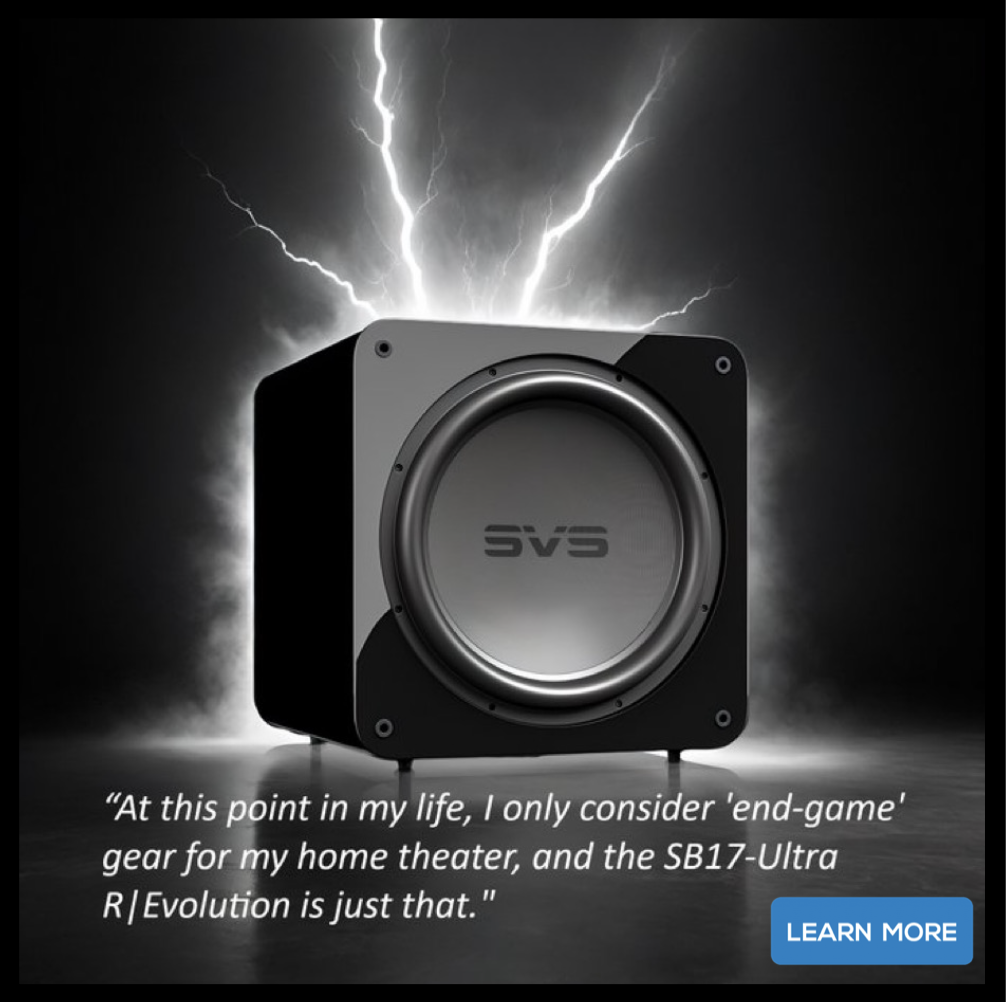(May 4, 2021) AV NIRVANA is thrilled to introduce a new site sponsor: New Zealand's Focus Fidelity, a digital room correction software that calibrates audio playback for "higher fidelity."
David Broadhurst, the force behind Focus Fidelity, says the software was born from the intersection of multiple interests. "I've always enjoyed music, movies, and Hi-Fi, for literally as long I can remember," explains Broadhurst. " My other passion is software development, with a strong interest in digital signal processing. I created Focus Fidelity because it combines all these things."
Focus Fidelity analyzes room and loudspeaker characteristics, creating filters that fine-tune an audio signal for exacting playback. The analysis begins with multiple audio measurements taken within a room. Those measurements, along with user-specified targets, generate filters for media player software such as Roon and JRiver Media Center. Once installed, users will experience accurate bass reproduction, improved stereo imaging, elimination of loudspeaker-induced phase and impulse response distortions, and control of tonal balance.
Future software developments are expected to address digital crossovers, bass management, and multiple subwoofer optimization.
A single-user perpetual license costs $249 and allows for use on one device at a time. For complete information on Focus Fidelity, including reviews and "How To Guides," visit Focusfidelity.com.
Last edited:












